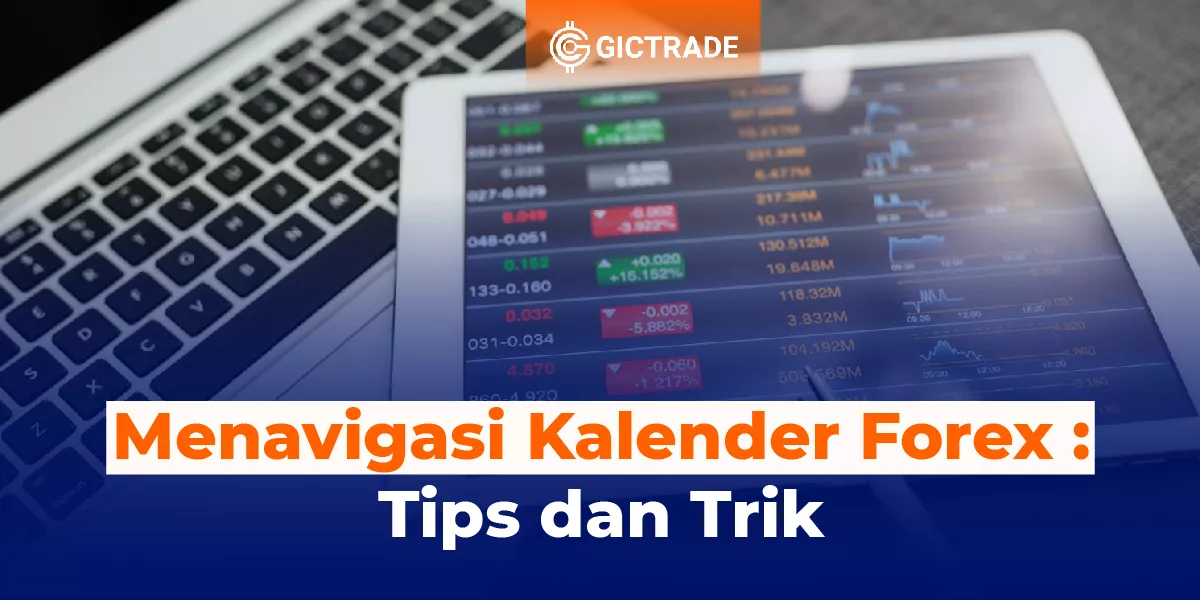In the world of trading, Trend is your friend. In a single trend, the market moves in a certain direction, depicts the trendline on the trader's chart, and provides very valuable information. This is very helpful in determining good entry and exit, the best position to take profit, as well as placing on the trend line.
Correctly describing and analyzing trendlines is a basic skill for every trader. Just like support and resistance levels, there is a difference of opinion about which line is working correctly. The following is the basic and most widely accepted version of trendline analysis.
Definition of Trend Lines
A trend line is a straight line that connects the valley points (bottoms) that rise sequentially in an uptrend state, or the top points that fall sequentially in a downtrend state. To create a trend line, there must be at least two price points connected.
The three main characteristics of a trend line are:
- The more price points are connected, the more valid and stronger the trendline will be to hold the support or resistance points in the next test.
- The more valid a trend line is, the more it will be noticed and obeyed by market participants.
- The steepness of the trend line can be used as a reference to identify bullish (if steep upwards) and bearish (if steep downwards) market conditions.
The following is an illustration of the trend line on the uptrend and downtrend price movements connected from three points of support and resistance:

How to Create a Trendline
To create a trendline, connect at least two price points that are close to each other. Then draw the line as long as possible to find out the support points (in the uptrend) or the resistance points (in the downtrend) in the future.

Trendline accuracy and trading time periods
To see a long-term trend, a trend line is drawn on a large time frame, usually daily or weekly. As for the medium term, trend lines can be created on 4-hour or daily time frames. Especially for short-term trading, the time frame of 1-hour and below is more recommended as the most appropriate chart to create a trend line.
Because of these rules, the time frame taken to draw the trend line can be adjusted to the trading period used. Long- and medium-term traders (swing traders) often refer to daily time frames, while short-term traders refer to 5-minute to 1-hour time frames. However, it should be noted that determining the time frame also has an impact on accuracy.
Accuracy means validity, which in this case means the possibility of a valid trend line and can be obeyed by the market in the future. Noise factors or signal errors often occur in small time frames. That is why, the accuracy of a trend line drawn on a small time frame (e.g. 1-minute) will be very low. The trend line on the 5-minute time frame drawn today is not necessarily valid for two or three days later
How to Create an Uptrend Line
To create an uptrend line, here are the steps:
- Determine the lowest price point (low level).
- Draw a line to the next lowest price point.
- Extend the line in anticipation of the next points of support (or resistance)
How to Create a Downtrend Line
With the same method as the previous trend line, for a bearish market situation, a downtrend line can be created that anticipates resistance points in the future
How to Create a Trendline in MetaTrader
Creating a trend line on a trading platform is very easy. Especially for the popular MetaTrader platform, you can go to Insert-Lines-Trendline, or go directly to the toolbar as shown in the following image:

Visit GIC Indonesia to get information about the world of trading. You can also join us in the GIC Trade Telegram Community and GIC Trade Telegram Channel. Don't forget to check out the GIC Indonesia Youtube account which is full of a lot of information, and follow our Instagram account to get information about various interesting webinars that you can participate in.
 Last:
Last: 







